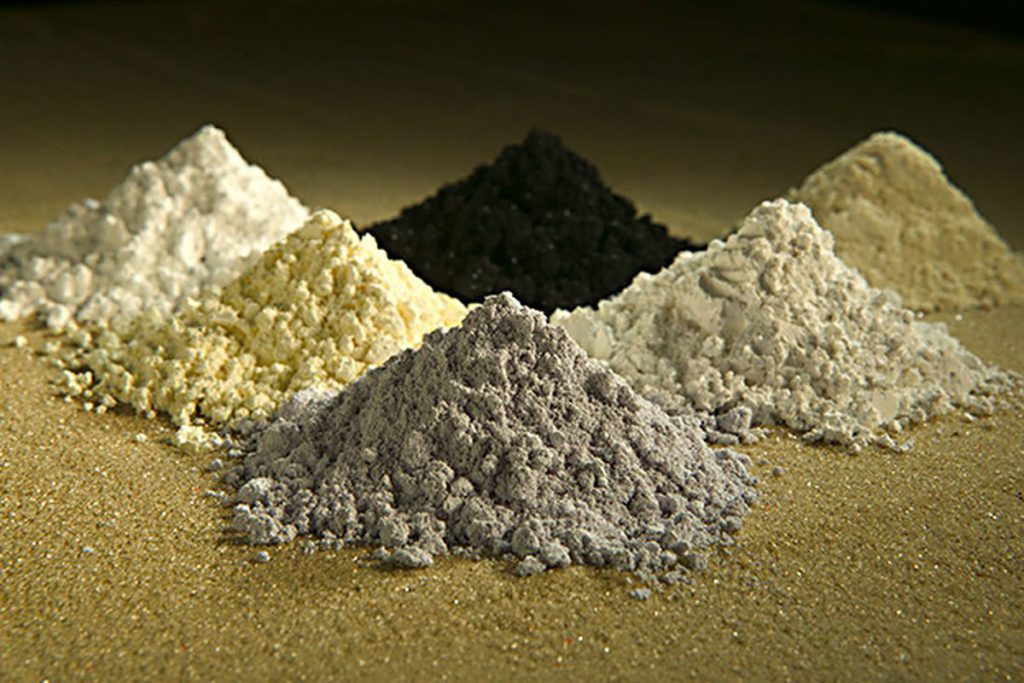‘War by other means’ is something countries utilize on one another. Any activity to handicap the economy of the foe, like sanctions, is one model. In past two years, we have perceived how, in our interconnected world, a virus can be considerably more deadly in contrast with projectiles or bombs. It’s not yet clear assuming it started normally, intentionally, or incidentally.
Indeed, even as that discussion seethes, another fight is fermenting underneath the radar for a mysterious fixing that will go about as a huge weapon. These almighty elements are called ”rare earths” and they can fuel our future. They are a bunch of 17 metallic elements that as of now rule our lives. Scandium and Yttrium alongside 15 lanthanides on the periodic table go under the classification of rare earth elements (REE). From cell phones to supersonic planes, they are the mysterious fixings to pretty much every logical marvel.
China represents 97% of the worldwide creation of these elements according to the US Geological Survey. The country’s administration is attempting to adjust the quantity of rare earth elements that can be exported. These elements are valuable and very rare in view of their circulation. They are not found in large deposits and are costly. It is hard to mine and refine them are they are spread all over the world. The conveyance of the rare earth elements is as per the following:
- China-44 million metric ton
- Australia-22 million metric ton
- Vietnam-22 million metric ton
- Russia-12 million metric ton
- India-6.9 million metric ton
- Brazil-3.4 million metric ton
- US 1.4 million metric ton
Notwithstanding being genuinely plentiful, rare earth elements are difficult to come by. In China, they are amassed in three mines. These incorporate mines situated in Mongolia, Huanan, Guangxi, Jiangxi, Fujian, Guangdong, and the region of Sichuan. These regions represent 98% of China’s absolute rare earth elements. China involves them as parts of more than 200 products across a wide scope of utilizations, for example, innovative consumer products and defense applications like guidance and radar systems. A dearth of rare earth products disturb environment economy products wind turbines and tosses electric vehicle battery makers into chaos.
Also Read: Only 15% Europeans want to go back to office, finds a review
Deng Xiaoping, the former foremost head of China said that ”The Middle East has oil and China has rare earths.” Chinese President Xi Jinping is attempting to accumulate these elements by confining their export by various Sino unfamiliar joint venture organizations. While the United States is in constant disagreement with China, it actually keeps on exporting 80 of its rare earth elements from China. China is involving them as a political weapon or negotiating tool to compromise the US a few times that will stop its inventory assuming it keeps on monumental sanctions on it. As a reinforcement plan, it is putting intensely in South America and that incorporates getting basic minerals.
In a multi-pronged methodology, it has put $780 million in Venezuela, out of which $180 million is explicitly devoted to nickel mining. It has a 55 percent stake in Chile and Peru’s copper holds and a 49 percent stake in Bolivia’s lithium industry. China has put $36 billion in Sub-Saharan Africa and has claimed 60% of the cobalt holds in the Democratic Republic of Congo (DRC). Does the world have different choices? Indeed, there are different nations with huge deposits of rare earth elements that can take care of the necessities of the American and European business sectors and end China’s syndication. These nations incorporate Australia, Vietnam, India, Brazil, and Canada.
India was one of the main nations to perceive the significance of these minerals. The nation set up an administration organization called Indian Rare Earths Limited in 1950 that was situated in Mumbai. Notwithstanding enjoying that benefit, the advancement of removing these rare earth elements got covered under administrative noise. The business for these elements is still under-utilized in examination with its actual potential. The minerals lie covered in Indian soil and the nation has the world’s fifth-biggest save of them. The deposits and generally situated in the provinces of Kerala, Andra Pradesh, Chattisgarh, Odisha, Jharkhand, West Bengal, and the northeastern states. As indicated by a gauge by Beach Minerals Producers Association, the homegrown store network of rare earth elements in India can be worth Rs 90,000 crore ($12 billion) in yearly turnover assuming it is resuscitated. The business can give capital work of roughly Rs 121,000 crore ($16 billion). This will incorporate an enormous unfamiliar trade of Rs 50,000 crore ($6 billion) as a similar gauge.
